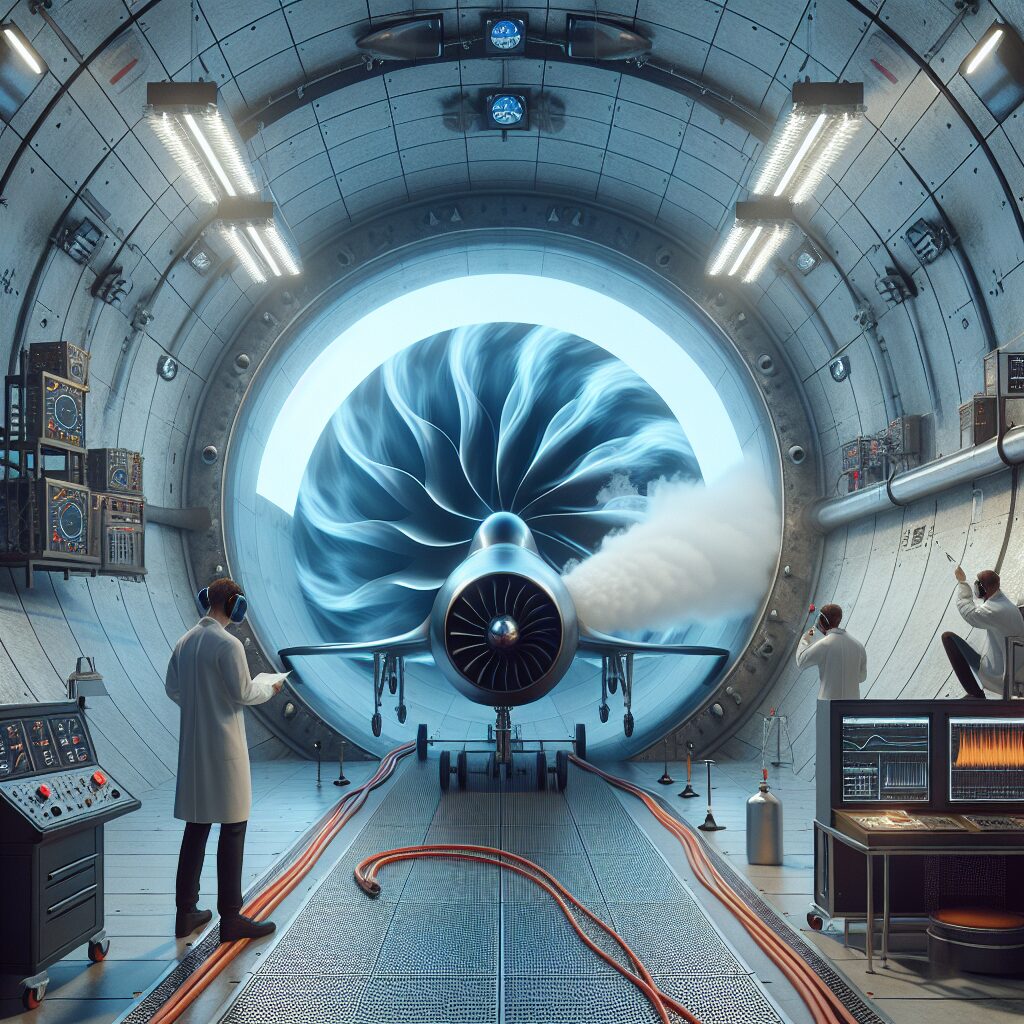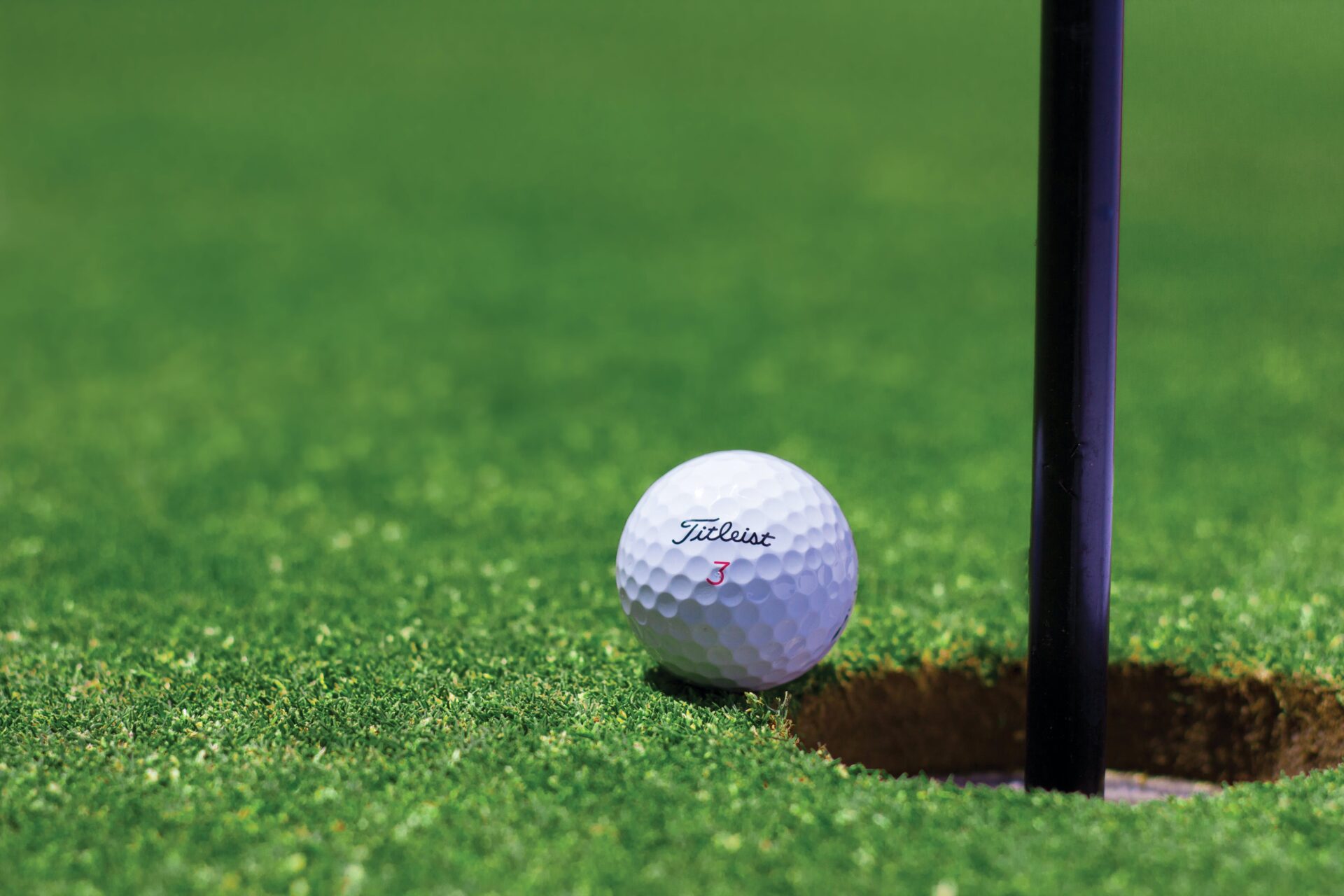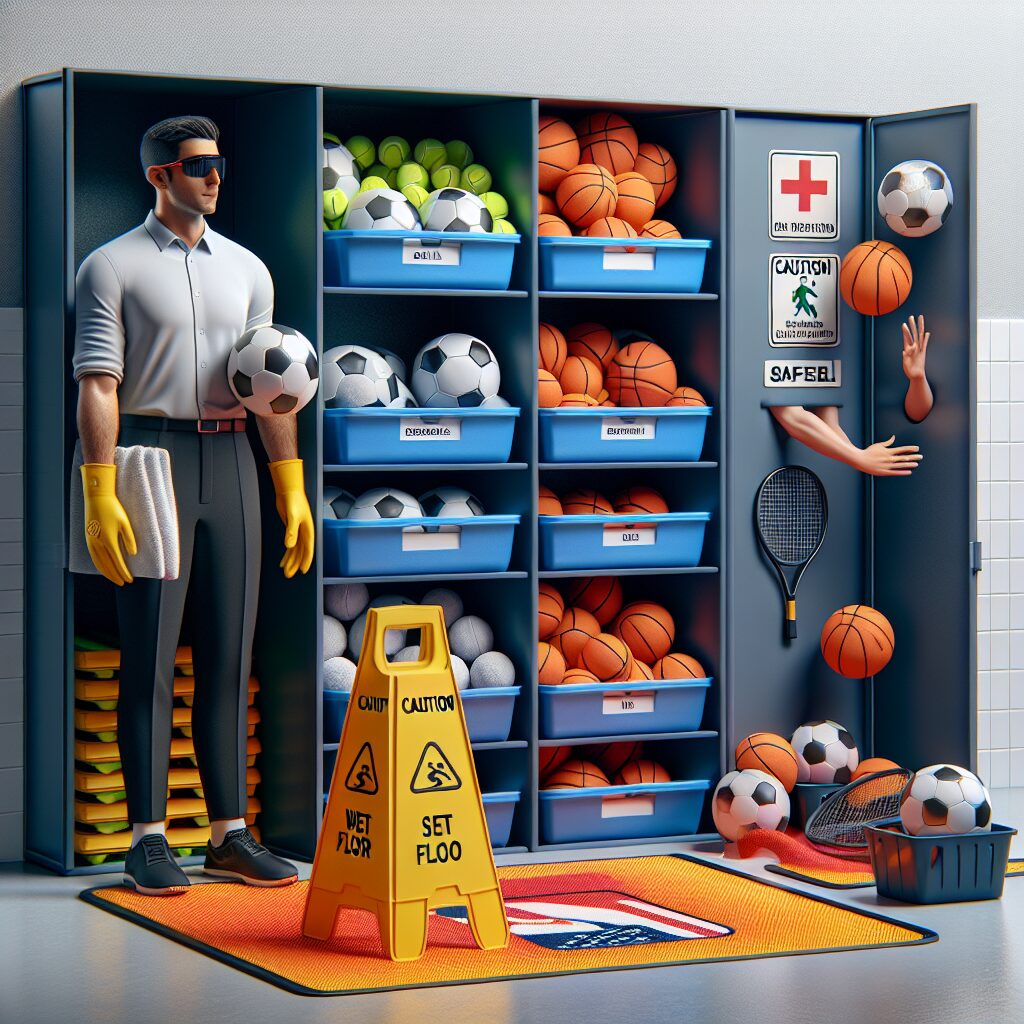Wind Tunnel Experiments: Deciphering Aerodynamics
In the realm of aeronautical engineering, wind tunnel experiments serve as a vital cornerstone in unraveling the mysteries of aerodynamics. These experiments involve subjecting scale models or prototypes to controlled wind flows, simulating real-world conditions and enabling scientists to gather crucial data that can shape the design and performance of aircraft. A unique fact worth noting is that wind tunnel experiments have been instrumental in propelling aviation technology to new heights, fostering advancements in aircraft efficiency, safety, and maneuverability.
One key impact of wind tunnel experiments lies in their ability to provide valuable insights into the complex interactions between air and aircraft surfaces. By manipulating factors such as wind speed, angle of attack, and wing shape, researchers can discern how the flow of air affects lift, drag, and stability. This knowledge is then applied to optimize aerodynamic designs, minimizing drag and increasing performance. Moreover, wind tunnel experiments offer a controlled environment for testing aircraft behavior in various scenarios, enhancing our understanding of how they handle turbulence, crosswinds, and other challenging conditions.
Looking ahead, this article will delve into the key takeaways from wind tunnel experiments, shedding light on the significant contributions they bring to the field of aerodynamics. By exploring the obtained data, we will uncover the crucial role wind tunnel experiments play in aircraft design, highlighting their impact on fuel efficiency, speed, and overall flight performance. Additionally, we will examine the advancements in wind tunnel technology that have propelled our understanding of aerodynamics, opening the door to groundbreaking innovations in aviation. Stay tuned to discover the incredible insights and breakthroughs awaiting in the realm of wind tunnel experiments.
Key Takeaways
1. Wind tunnel experiments are crucial for understanding and improving aerodynamics, enabling scientists and engineers to study the flow of air around objects in a controlled environment.
2. These experiments involve creating a miniature replica of the object being tested and subjecting it to simulated wind conditions, allowing researchers to collect data on factors like air pressure, turbulence, and drag.
3. Wind tunnels help researchers decipher the complex aerodynamic interactions between an object and the air, enabling them to optimize designs for better performance and efficiency in fields such as aviation, automotive engineering, and sports.
4. By altering parameters like the shape, angle, or surface texture of an object within the wind tunnel, researchers can study and measure how changes influence aerodynamic forces, enabling them to make informed design decisions.
5. With advances in technology, wind tunnels have evolved to simulate a wide range of conditions, including extreme wind speeds, fluctuations in temperature, and even the effects of rain or snow, allowing for more accurate testing and analysis.
What is the Significance of Wind Tunnel Experiments in Deciphering Aerodynamics?
Understanding Aerodynamics
Aerodynamics is the study of how objects move through air or other gases. It plays a critical role in a wide range of fields, including aviation, automotive engineering, and sports. Understanding aerodynamics is crucial for designing efficient and high-performance vehicles, optimizing energy consumption, and improving overall product performance.
The Importance of Wind Tunnel Experiments
Wind tunnel experiments are one of the most effective methods for studying aerodynamics. Unlike real-world testing, wind tunnels provide controlled and repeatable conditions, allowing researchers to collect accurate data. These experiments involve placing a scale model or prototype of an object inside a tunnel and subjecting it to varying wind speeds and angles of attack.
Components of a Wind Tunnel
A wind tunnel consists of several key components:
- Test Section: The area where the model or prototype is placed and exposed to the wind.
- Wind Source: This can be a fan or a compressor that generates the air flow.
- Flow Conditioning Section: Ensures uniform flow and eliminates turbulence before reaching the test section.
- Data Collection Instruments: Sensors and instruments are used to measure various aerodynamic parameters like lift, drag, and airflow patterns.
- Aerodynamic Balance: Measures the forces and moments acting on the model.
Benefits of Wind Tunnel Experiments
Wind tunnel experiments offer several advantages:
- Controlled Environment: Wind tunnels provide controlled conditions, allowing researchers to isolate specific variables and study their effects.
- Cost-Effectiveness: Conducting experiments in a wind tunnel can be more economical than full-scale testing.
- Time Efficiency: Results can be obtained quickly and accurately, enabling engineers to iterate and refine designs more rapidly.
- Data Accuracy: Wind tunnel experiments provide precise and reliable data, crucial for making informed design decisions.
- Simulation of Extreme Conditions: Wind tunnels can simulate extreme weather conditions, such as high winds or turbulent flow, which are difficult to replicate in the real world.
Applications of Wind Tunnel Experiments
Wind tunnel experiments have wide-ranging applications:
- Aviation: Wind tunnels are extensively used in aircraft design and development to optimize lift, reduce drag, and enhance stability.
- Automotive Engineering: Wind tunnel testing helps in designing streamlined vehicles, improving fuel efficiency, and reducing noise and air resistance.
- Architecture: Wind tunnel experiments aid in understanding the aerodynamic performance of buildings, ensuring structural stability and minimizing wind-induced problems.
- Sports: Wind tunnels are utilized to analyze the aerodynamic effects on sports equipment and athletes, thereby enabling performance enhancements.
- Wind Energy: Testing wind turbine models in wind tunnels helps optimize their design for maximum energy conversion.
Guides and Tips for Conducting Wind Tunnel Experiments
1. Preparing the Model
Ensure that the scale model accurately represents the full-scale object and properly accounts for surface textures, materials, and intricate details. Careful attention to scaling factors is crucial for reliable results.
2. Testing Parameters
Identify and select the specific parameters to be measured based on the object’s design, purpose, and expected operating conditions. This can include lift, drag, airflow patterns, pressure distribution, and more.
3. Instrumentation and Data Collection
Install appropriate sensors, such as pressure taps or force transducers, on the model to measure the desired aerodynamic parameters. Use data acquisition systems to collect and analyze the data accurately, ensuring reliable and consistent measurements.
4. Varying Operating Conditions
Explore different wind speeds, angles of attack, or other relevant parameters to understand how the object’s aerodynamic characteristics change under varying operating conditions. This can provide valuable insights for design optimization and performance enhancement.
5. Analyzing and Interpreting Results
Thoroughly analyze the collected data, considering both quantitative and qualitative aspects. Compare the results with computational simulations or theoretical predictions for validation. Interpret the findings to gain a comprehensive understanding of the aerodynamic behavior of the object.
6. Design Iteration and Optimization
Utilize the insights gained from wind tunnel experiments to refine and optimize the object’s design. Iterate the testing process, incorporating modifications and improvements to achieve desired performance goals.
7. Collaboration and Communication
Collaborate with experts in the field to gain comprehensive insights and perspectives. Communicate the results effectively through reports, presentations, and visualizations to facilitate knowledge sharing and decision-making processes.
Frequently Asked Questions
1. What are wind tunnel experiments?
Wind tunnel experiments are controlled tests conducted in a specialized facility to study the behavior of objects in a simulated airflow. By recreating real-world conditions, researchers can analyze how aerodynamic forces impact different designs.
2. Why are wind tunnel experiments important in deciphering aerodynamics?
Wind tunnel experiments play a crucial role in understanding aerodynamics because they allow scientists and engineers to observe and measure the forces acting on objects in motion. These experiments provide valuable insights into how objects interact with airflow, aiding in the development of efficient and safe designs.
3. How is a wind tunnel experiment conducted?
During a wind tunnel experiment, a scale model or full-scale prototype of an object is placed in a wind tunnel. The tunnel generates a controlled and adjustable airflow, simulating various conditions. Measurements and visual observations are taken to analyze the aerodynamic properties of the object under investigation.
4. What types of objects can be tested in wind tunnels?
Wind tunnel experiments can be performed on various objects, including automobiles, aircraft, buildings, sports equipment, and even individual components like wings or bike helmets. These experiments help researchers understand the complex interactions between objects and airflow, leading to improvements in design, efficiency, and safety.
5. How do wind tunnels simulate different wind speeds?
Wind tunnels can simulate different wind speeds by adjusting the speed of the airflow within the facility. By varying the velocity of the airflow, researchers can study and measure how different objects react under various wind conditions, assisting in the optimization of their design.
6. What are the advantages of using wind tunnel experiments instead of computer simulations?
While computer simulations are a useful tool, wind tunnel experiments offer several advantages. They provide real-world measurements and observations that may not be fully captured in simulations. Additionally, wind tunnel experiments allow for the testing of physical models, providing valuable data for validating and improving simulation techniques.
7. How do wind tunnel experiments contribute to the aviation industry?
Wind tunnel experiments have been instrumental in the development and improvement of aircraft designs. They help aircraft manufacturers optimize wing shapes, reduce drag, enhance stability, and improve fuel efficiency. By deciphering the aerodynamics of flight, wind tunnel experiments enhance safety and performance in the aviation industry.
8. Are wind tunnel experiments only used in the aerospace industry?
No, wind tunnel experiments have applications beyond the aerospace industry. They are utilized in automotive engineering, architectural design, sports equipment development, and even in understanding the aerodynamics of natural phenomena such as wind patterns over landscapes or the flight of birds.
9. Can wind tunnel experiments be used for educational purposes?
Yes, wind tunnel experiments are often utilized in educational settings. They provide hands-on experience and visual demonstrations that help students understand the principles of aerodynamics. By conducting their experiments in wind tunnels, students can observe and measure the effects of different variables on the behavior of objects in airflow.
10. What is the future of wind tunnel experiments in deciphering aerodynamics?
The future of wind tunnel experiments is closely tied to advancements in technology. With the integration of computational fluid dynamics, high-speed cameras, and advanced sensors, wind tunnel experiments will continue to provide valuable data for improving aerodynamic designs. They will remain an essential tool in deciphering aerodynamics and pushing the boundaries of innovation.
Final Thoughts
Wind tunnel experiments have been foundational in unlocking the secrets of aerodynamics and revolutionizing numerous industries. Through precise measurements and observations, these experiments have helped engineers and scientists optimize the design of objects to enhance performance, safety, and efficiency. The continuous development and utilization of wind tunnels, along with advancements in simulation techniques, will pave the way for groundbreaking discoveries in aerodynamics.
As we strive for newer and more ambitious technological feats, wind tunnel experiments will continue to play a critical role in deciphering and harnessing the power of aerodynamics. The knowledge obtained from these experiments will drive innovation and shape the future of transportation, architecture, sports, and countless other fields where aerodynamics is a crucial factor. By embracing wind tunnel experiments, we ensure that our designs are not only aesthetically pleasing but also optimized for the forces of nature, propelling us towards a more efficient, sustainable, and exhilarating future.




